Research
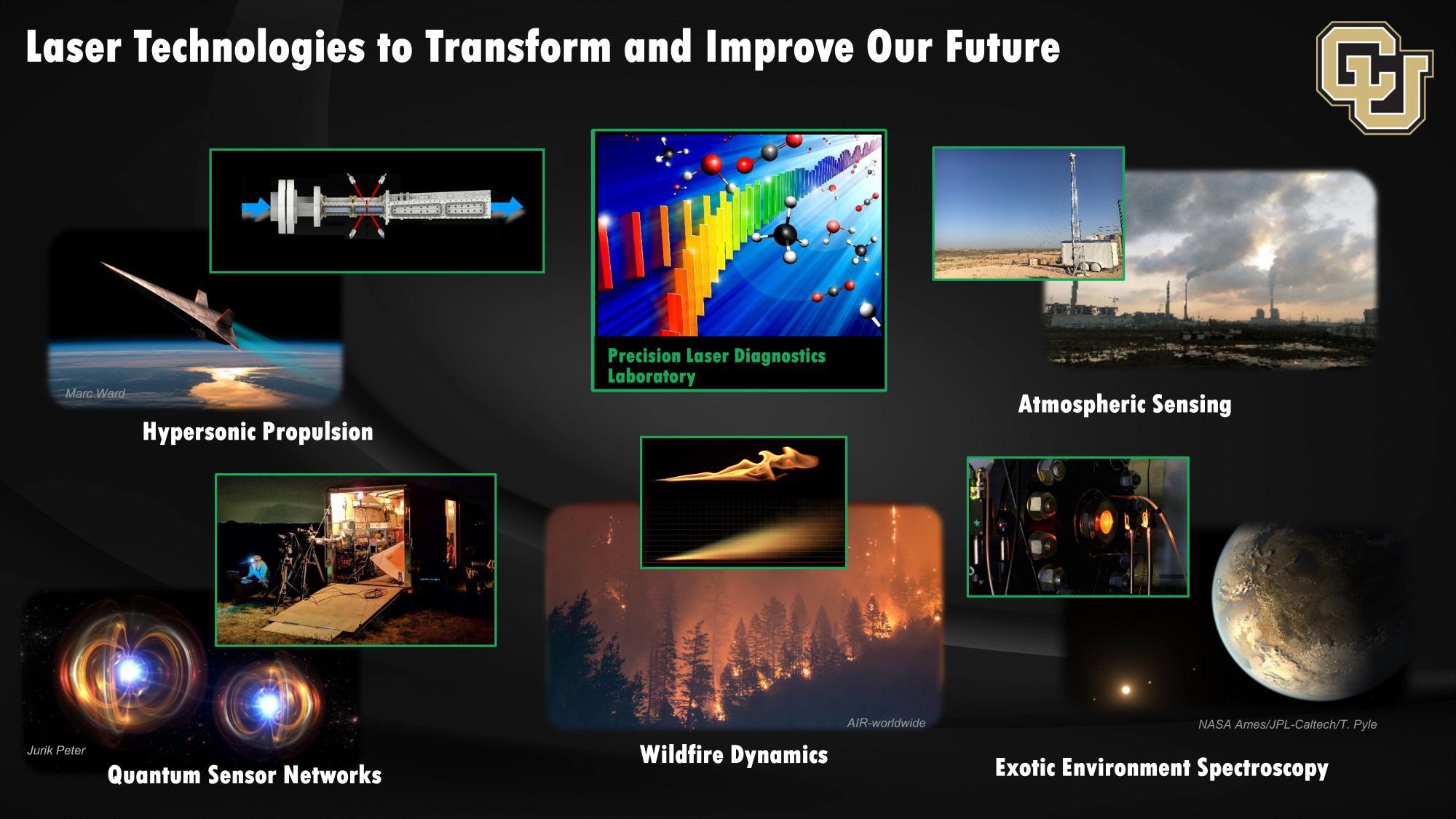
Research Objectives
- Research & development of novel optical sensors to make measurements that are not currently possible
- New laser sources/detection techniques for measurement of temperature, pressure, velocity, species concentration
- Combusion, atmospheric, and industrial research employing optical measurements
- Fundamental characterization of difficutl environments
- Rapid system control and optimization
Approach: Laser Spectroscopy
Light absorption by molecules is given by I/Io = exp(-alpha), where I is light intensity and alpha is absorbance. Absorbance varies with concentration, temperature, and pressure.

Laser Tools
Frequency Comb Lasers
- Emit >10^5 wavelength elements spanning 100s of nanometers of spectrum with picometer spacing
- Boradband spectroscopy allows for detection of multi-species or broad absorbers (high P gas, liquids)
- Together with NIST, we've built the first fieldable dual frequency comb spectrometer
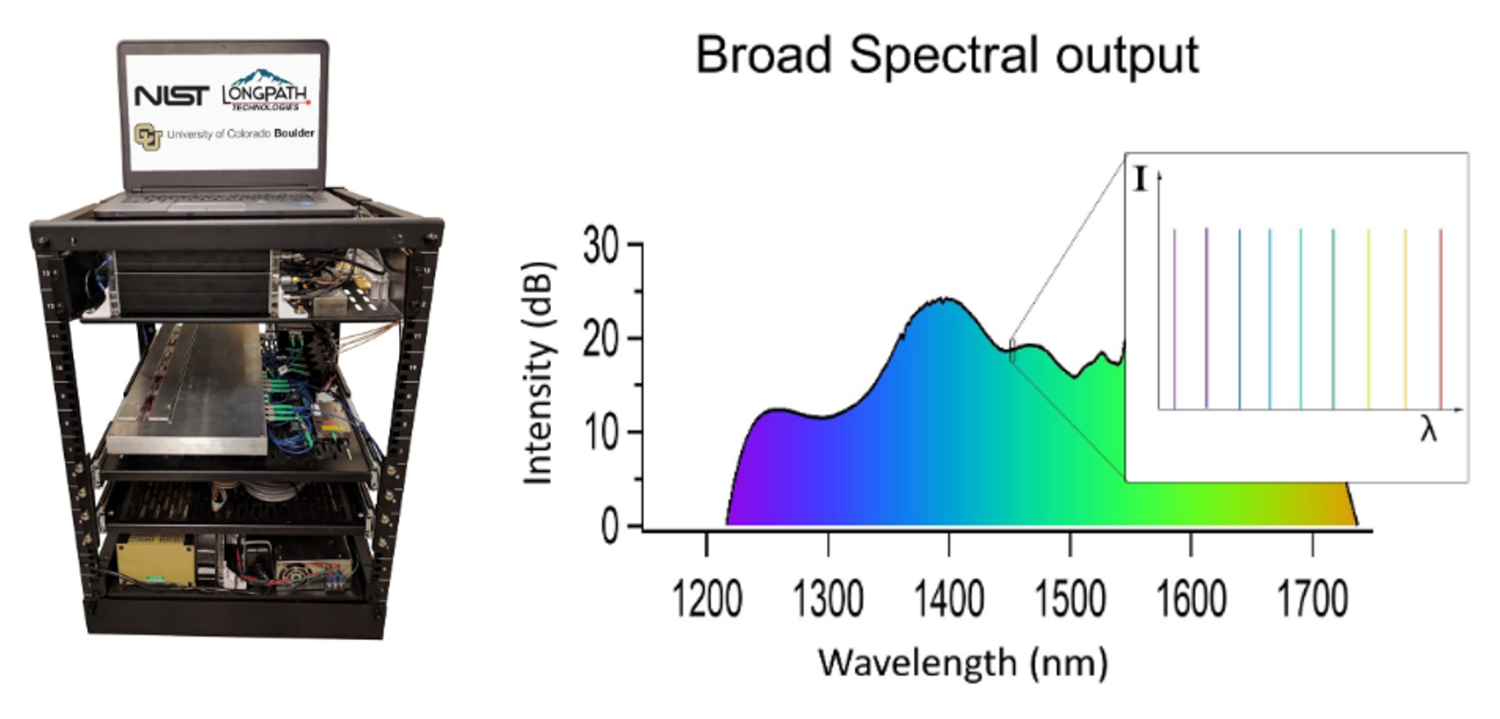
Diode Lasers
- Robust, compact, low cost
- Single wavelenth output, rapidly tunable over small range
- Capable of rapid, sensitive measurements (>100 kHz)
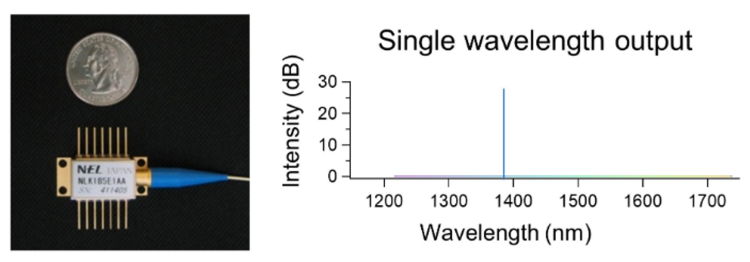
Atmospheric Sensing
Our laboratory develops and fields frequency comb laser-based sensors for gas species and turbulence measurements in the atmosphere. We combine our sensor measurements with computational models to develop a better understanding of atmsopheric processes or in the example below, to locate gas sources.
Example: Methane Leak Detection
Mobile remote sensing laboratory providing field measurement of methane absorption. Leaks as small as 1/6 the human breathing rate have been detected from 1 km.
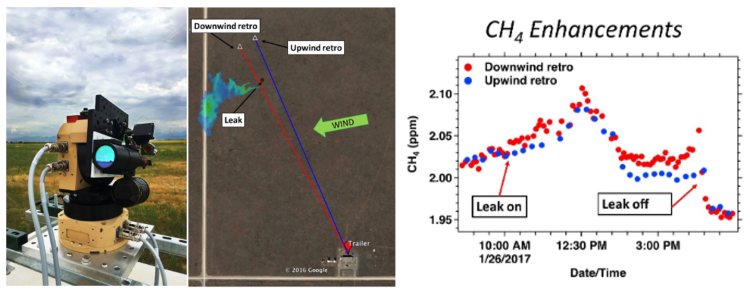
High Temperature Sensing
We are developing and deploying sensors to improve our understanding of high temperature environments from combustion to exoplanet atmospheres.
Example: High Temperature Absorption Database for Combustion
Controlled laboratory measurement of water absorption under gasifier conditions to build database for interpretation of subsequent field-deployed sensors.
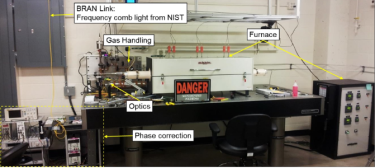
Example: From Nobel Prize to Power Plant
We are the first lab to deploy frequency combs for a practical combustion measurement. In this case, a 16 MW gas turbine on campus.
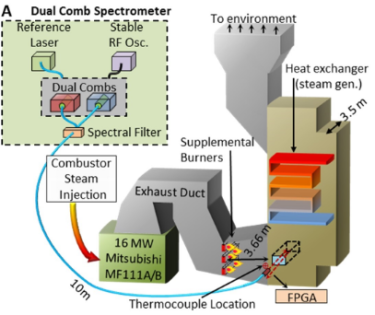
Industrial Sensing
We work with industrial/scientific partners to characterize complex environments and to develop sensor-based control in these environments.
Example: Industrial Burner Characterization
- Characterize the thermodynamic properties of the flames and heated gases above industrial burners used for material processing
- Understand how the introduction of materials affect the flow fields
- Develop advanced methods to fuse experimental data and computational fluid dynamics simulations


